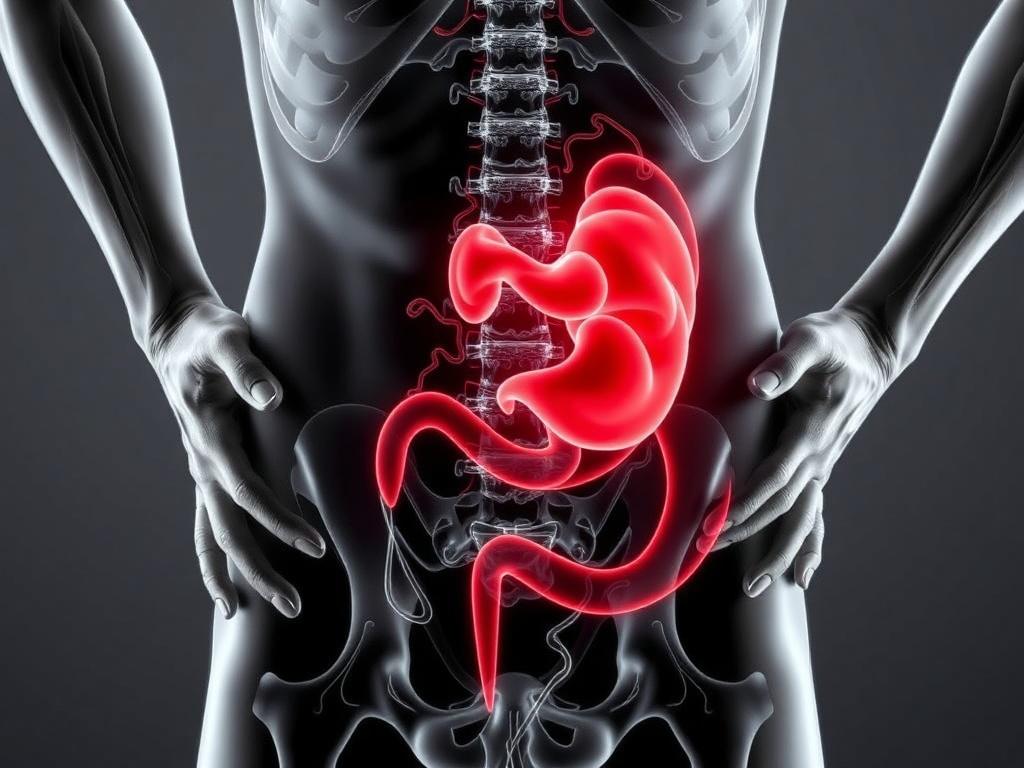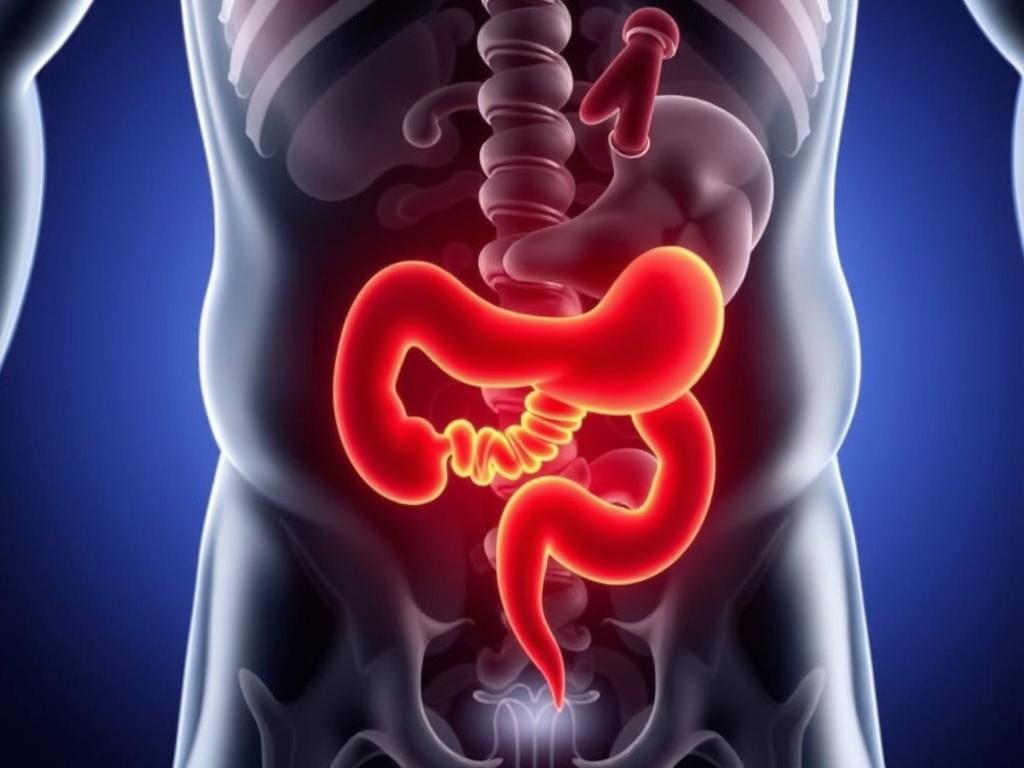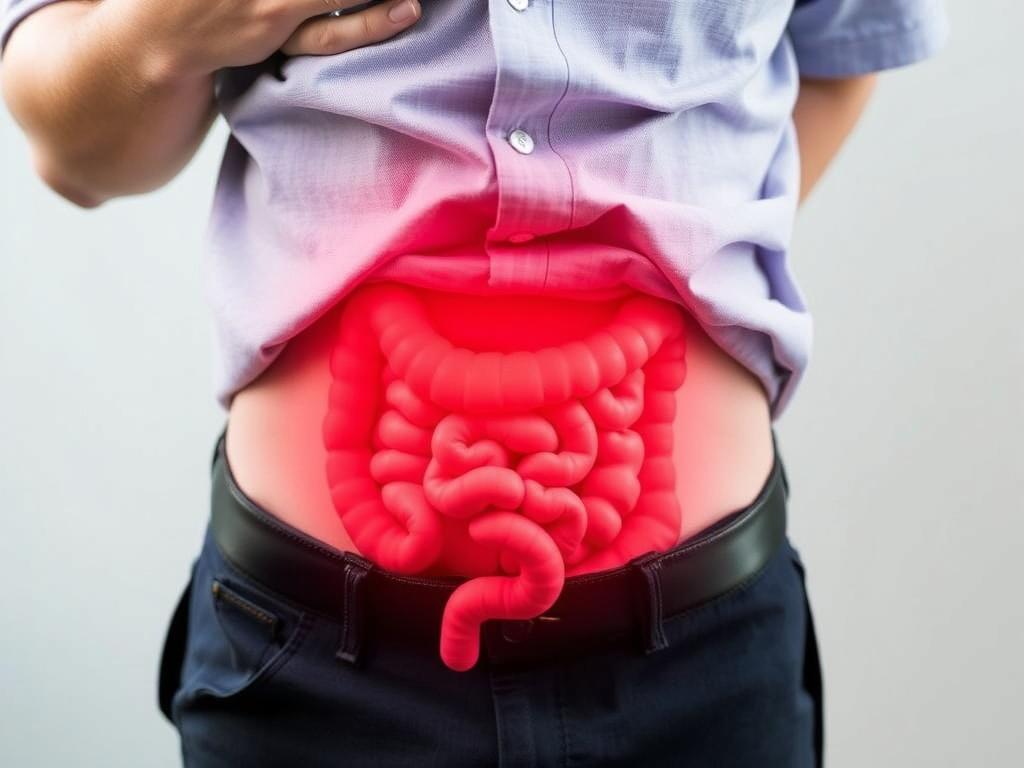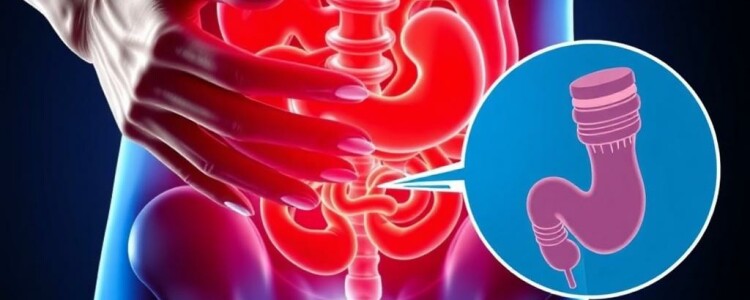What Is Appendicitis?
Appendicitis is a common but serious medical condition where the appendix, a small tube-like structure attached to the large intestine, becomes inflamed and infected. Despite its small size, the appendix can cause significant discomfort and health complications if not treated promptly. Abdominal pain is often the first sign of appendicitis, and recognizing this symptom early can mean the difference between a simple surgery and a life-threatening emergency.
The appendix’s exact function is still something of a mystery, but scientists believe it may play a role in immune function, especially in younger individuals. However, when the appendix gets blocked by mucus, stool, or even a foreign body, bacteria inside it multiply rapidly, leading to inflammation and swelling. This inflammation causes severe abdominal pain and can eventually lead to rupture if not treated quickly.
Understanding Abdominal Pain: Causes and Types
Abdominal pain is a broad symptom that can result from a variety of issues, ranging from mild to severe. It is important to understand that not all abdominal pain points to appendicitis, but the location, type, and intensity of pain can provide vital clues about what might be wrong.
There are different types of abdominal pain that people commonly experience:
- Sharp pain: Sudden and intense pain, often related to a specific injury or condition like appendicitis or kidney stones.
- Dull pain: More chronic and vague, sometimes related to digestive problems or infections.
- Cramping: Often connected with muscle contractions in the intestines due to gas, constipation, or infections.
- Intermittent pain: Comes and goes, usually linked to spasms or blockages within the gastrointestinal tract.
Distinguishing between these types of pain can help guide people to seek the correct medical attention. Left untreated, abdominal pain from serious conditions like appendicitis can quickly worsen and cause complications.
Symptoms of Appendicitis: What to Look For
Identifying appendicitis early is crucial. While sharp abdominal pain is the hallmark symptom, appendicitis can manifest through a constellation of other symptoms that together create a pattern indicating inflammation of the appendix.
Common symptoms of appendicitis include:
| Symptom | Description |
|---|---|
| Abdominal pain | Usually starts near the belly button and shifts to the lower right side of the abdomen. |
| Nausea and vomiting | Often appear shortly after the pain begins. |
| Loss of appetite | A common early symptom associated with the onset of appendicitis. |
| Fever | Low-grade fever is typical but may increase as the infection worsens. |
| Constipation or diarrhea | Digestive changes can occur, sometimes causing these symptoms. |
| Abdominal swelling | May happen if the appendix ruptures and infection spreads. |
If you or someone you know experiences these symptoms alongside increasing abdominal pain, it’s important to seek medical care immediately.
Why Does Appendicitis Cause Abdominal Pain?

The reason appendicitis causes such intense abdominal pain is primarily due to the inflammation and swelling within a confined space. When the appendix becomes blocked, pressure builds up inside, stretching its walls and irritating the surrounding nerves. This irritation signals the brain, resulting in the classic pain felt around the belly button initially.
As the inflammation spreads to the lining of the abdominal cavity (called the peritoneum), the pain typically shifts to the lower right side of the abdomen, where the appendix sits. This localized pain is known medically as “peritonitis,” and it is usually sharp and persistent.
If left untreated, the appendix can rupture, spilling infected material into the abdominal cavity, which causes widespread, severe abdominal pain and can lead to a dangerous condition called sepsis.
Diagnosis: How Doctors Confirm Appendicitis
When a person presents with abdominal pain and suspected appendicitis, doctors will use a combination of clinical evaluation, laboratory tests, and imaging studies to confirm the diagnosis.
Initial Evaluation
A doctor will ask detailed questions about the nature of the abdominal pain, its location, onset, and any associated symptoms like nausea, vomiting, or fever. They will also perform a physical examination, focusing on tenderness, especially in the lower right abdomen.
Laboratory Tests
Blood tests can reveal an elevated white blood cell count, indicating infection or inflammation. Urine tests may be ordered to rule out urinary tract infections or kidney problems, which can sometimes mimic appendicitis.
Imaging Studies
- Ultrasound: Often the first imaging choice for children and pregnant women. It can identify an inflamed appendix in many cases.
- CT Scan: Provides a detailed image of the abdomen, highly accurate for diagnosing appendicitis.
- MRI: Used primarily in pregnant patients or when CT scans are avoided.
Timely and accurate diagnosis is essential to prevent complications like rupture or abscess formation.
Treatment Options for Appendicitis

The standard treatment for appendicitis is surgery, but recent years have seen new approaches emerging based on the severity and presentation of the condition.
Appendectomy Surgery
The most common treatment is an appendectomy—the surgical removal of the appendix. There are two main types:
| Type | Description |
|---|---|
| Laparoscopic surgery | Minimally invasive technique using small incisions and a camera. Patients usually recover faster. |
| Open surgery | Traditional method with a larger incision, usually done if the appendix has ruptured or complications exist. |
After surgery, patients typically experience relief from abdominal pain within a day or two and recover fully within several weeks with proper care.
Antibiotic Treatment
For mild cases or when the patient’s condition makes surgery risky, some doctors recommend an initial course of antibiotics to treat the infection. This approach may avoid surgery altogether but requires careful monitoring to ensure the appendix does not rupture later.
When to See a Doctor for Abdominal Pain
Abdominal pain can be caused by many conditions, but certain signs should always prompt immediate medical attention, especially when appendicitis is a possibility.
Seek medical help if:
- The abdominal pain is severe or worsening rapidly.
- The pain shifts or localizes to the lower right abdomen.
- You experience persistent nausea, vomiting, or loss of appetite.
- Fever accompanies the abdominal pain.
- You notice abdominal swelling or tenderness.
- You have trouble passing gas or experiencing bowel movements.
Prompt evaluation by a healthcare professional can save lives and prevent serious complications.
Preventing Appendicitis and Managing Abdominal Pain
While there is no guaranteed way to prevent appendicitis—since blockages in the appendix can occur unpredictably—certain lifestyle habits may support overall digestive health and reduce the risk of some abdominal problems.
Consider these tips:
- Eat a high-fiber diet: Fruits, vegetables, and whole grains promote healthy bowel movements and reduce constipation, which may help prevent appendix blockages.
- Stay hydrated: Drinking plenty of water supports digestion and overall well-being.
- Listen to your body: Don’t ignore persistent or severe abdominal pain. Early diagnosis results in better outcomes.
- Maintain regular medical check-ups: Routine exams can help detect early signs of digestive issues.
Though appendicitis cannot always be prevented, maintaining a healthy gastrointestinal system and seeking timely medical care for abdominal pain improves your odds of avoiding complications.
Common Myths About Appendicitis and Abdominal Pain
Misconceptions about appendicitis and abdominal pain can delay treatment, so it’s worth addressing some common myths head-on.
| Myth | Fact |
|---|---|
| “Appendicitis always causes pain in the lower right abdomen.” | While typical, pain can start near the belly button and shift location, or be less localized in children and pregnant women. |
| “You can wait a few days to see if abdominal pain improves.” | Waiting can be dangerous if it’s appendicitis; prompt medical evaluation is critical. |
| “Only surgery can cure appendicitis.” | Antibiotics are an option in select cases, but surgery remains the definitive treatment for most patients. |
| “All abdominal pain is appendicitis.” | Abdominal pain has many causes, many of which are non-emergent or less severe. |
Knowing the facts helps navigate abdominal pain wisely and reduces fear or confusion about appendicitis.
Living After Appendicitis Surgery
Recovering from an appendectomy is typically straightforward, but knowing what to expect and how to care for yourself post-operation ensures a smooth healing process.
Post-surgery tips:
- Rest and avoid strenuous activities for several weeks.
- Follow your doctor’s instructions on wound care to prevent infection.
- Gradually return to a normal diet, starting with light, easy-to-digest foods.
- Monitor for any signs of complications, such as fever, increased pain, or swelling.
- Attend follow-up appointments to ensure full recovery.
Many patients resume normal activities within a month and often forget about their appendix entirely.
The Connection Between Appendicitis and Other Abdominal Disorders
It’s worth noting that abdominal pain and appendicitis can sometimes mimic or coexist with other conditions such as:
- Gastroenteritis: Infections that cause stomach upset and cramping.
- Kidney stones: Intense pain that might be confused with appendiceal pain.
- Ovarian cysts or torsion: Especially in women, can cause lower abdominal pain.
- Diverticulitis: Inflammation of the colon, similar to appendicitis but usually on the left side.
This overlap makes professional evaluation critical to determine the exact cause of abdominal pain.
Final Thoughts on Appendicitis and Abdominal Pain

Understanding appendicitis and the nature of abdominal pain equips you with the knowledge to recognize when urgency is required. Abdominal pain is a common experience but not one to be ignored, especially when accompanied by signs of appendicitis. Being aware of symptoms, diagnoses, and treatment options helps demystify the process and encourages timely medical care.
Whether it’s a mild ache or severe, sharp pain, your body is communicating something important. Preserve your health by listening carefully, seeking care early, and following medical advice. Appendicitis may be common, but with prompt treatment and awareness, it can be managed effectively and safely.
Conclusion
Navigating the world of abdominal pain and appendicitis can feel overwhelming, but understanding the symptoms, causes, and treatment options can make a big difference in outcomes. Appendicitis is a potentially serious condition that requires prompt recognition and medical treatment, mainly because of the severe abdominal pain it causes which, if ignored, can lead to life-threatening complications. By learning to distinguish typical signs and knowing when to seek help, you empower yourself to act swiftly and reduce risks. Remember, while not all abdominal pain is appendicitis, it’s always important to take persistent or severe pain seriously and consult a healthcare professional. With awareness and timely care, appendicitis is highly treatable, allowing you to return quickly to good health and everyday life.



